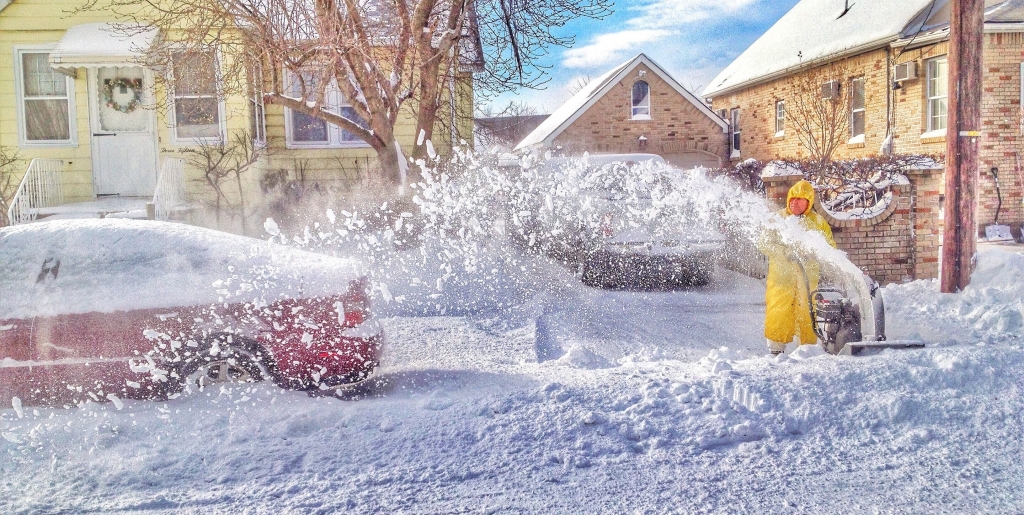Snowblowers
If you live in a frigid climate characterized by a high volume of snow, there are a handful of things you can’t do without – a jacket, a bottle of your preferred adult beverage, a stable Wi-Fi connection, and a snowblower. First patented by J.W. Elliot in 1869 in none other than snowy Canada, the snowblower was a big piece of equipment in the late 1800s. You had a truck, a scooper, and a giant chute that the snow was thrown through. A separate motor propelled the snow through the chute and the mobility of the truck was key as snow was everywhere, so tossing it from one side of a road to the other required hefty machinery to handle such a task.
Nearly 100 years later the first human powered snowblower hit the scene, another Canadian company (Toro) got into the mix, and Toro is believe it or not still fabricating snowblowers today. The technology has taken off and today a quality snowblower can be had quite inexpensively. Combined with a jacket, Wi-Fi and the bottle of bubbly, there isn’t a better way to pass the winter chill.
Before settling on just any blower, the first decision to make is gas or battery powered. Gas-engine blowers have their distinct advantages, being able to run for an hour plus on a tank of fuel, and if the fuel is running low, you simply fill her up. Battery options however have their advantages as well as they emit little noise, no fumes, and can be stored anywhere in the home. A cordless unit can tackle up to 13 inches of snow while gas powered puppies can get into the 20-inch range and more. Bottom line, this decision should be guided by the amount of snow you get. If you’re living in some serious artic conditions, go gas.
Next up is choosing between one and two stage blowers. One-stage blowers have a curved paddle that will collect the snow and then eject it. Two-stage blowers have a horizontal auger that will collect the snow and push it out to a rotating impeller that then ejects it. Again, if you’ve got a lot of snow on your plate, the two-stage blower is the best bet. They can toss snow anywhere from 30 to 60 feet which makes clearing high traffic areas a snap.
The snowblower’s drive system converts the engine’s RPMs into an appropriate speed thus propelling the machine forward no matter the condition. In terms of the transmission, there are two types – hydrostatic and friction disc. The latter is a simple, mechanical device that calls on a rubber-edged wheel which will dictate the speed. Those blowers with friction discs have six forward speeds and two in reverse. Hydrostatic transmissions by contrast pump hydraulic fluid through the motors and this in turn leads to a mechanical rotation. These engines are capable of slower speeds, and slower speeds are excellent for heavy and/or deep snow. Again, this all depends on the amount of snow you have. Let that guide your decision-making and then get to blowing.


Comments:
Login to leave a reply